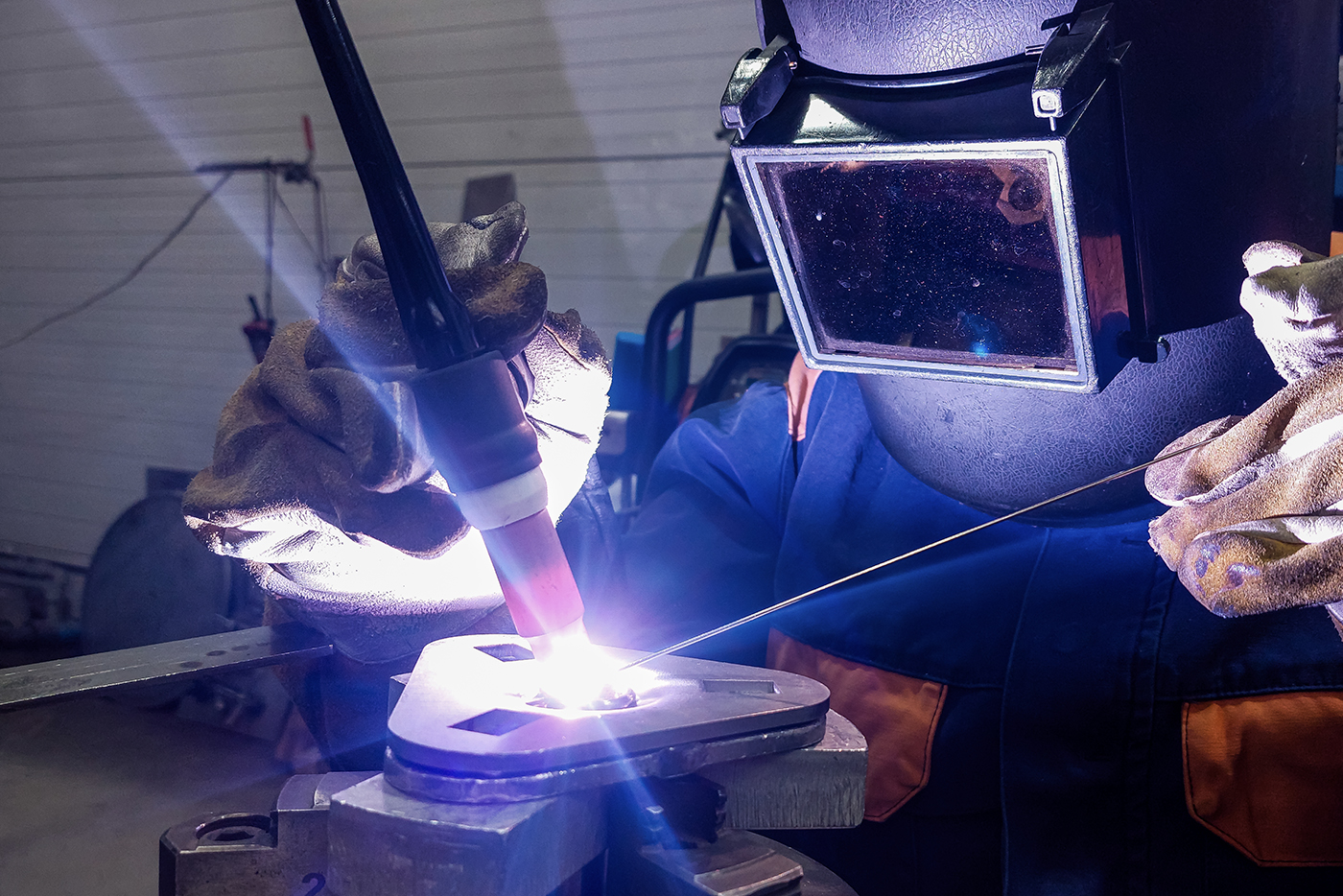Breadcrumb
5 FAQ about sheet metal punching
In this post, we answer to five of the most common questions relating to metal punching.

The sheet metal punching is one of the most common sheet metal processing. Realized with automatic CNC machines, the punching is the result of the work of presses and dies able to realize holes of any shape and size.
1. How does the sheet metal punching work?
The sheet metal punching machines use punches that pass through the sheet metal, while the dies, located on the other side of the metal piece, work as support ensuring the non-breaking of metal and they help punches to realize accurate holes and error-free. A process that allow to realize sheet and metal parts of any shape and design, depending on the needs.
2. Which metals can be punched?
Thank to the evolution of sheet metal punching, of machines and know-how, almost all metals can be punched: iron punching, stainless steel punching, aluminum punching, copper punching, brass and special alloys punching.
This flexibility allowed to the sheet metal punching to spread in a wide range of fields: engineering, pharmaceutical, automotive, manufacturing, electronics, textiles and many other.
3. Do you need different punches for each hole and shape?
No, you don’t. If you have to realize some particular shapes in few quantity and you don’t want to invest in a specific mould, you can combine the dies you’ve already have.For example: do you need to realize a shape like that in the picture below?

You don’t need new punches; you can combine oval punches together with circular punches in order to obtain this kind of design.
Different scenario if instead the need to create specific shapes becomes more assiduous. In that case, we suggest you to buy a specific mold.
4. How to calculate the power of the punching machine?
In the last post, we showed you the formula of sheet metal punching.

F = punch force in Kilonewton (10 kN = 1 metric ton)
U = circumference or perimeter of the punch shape (in mm)
s = Sheet thickness (in mm)
Rm = tensile strength (in N/mm²)
for Stainless Steel (1.4301) 720 N/mm²
for Mild Steel (St 37) 420 N/mm²
for Aluminum (AlMg3) 220 N/mm²
f = factor between 0,5 - 0,95 when using punches with shear.
It 'a good idea during punching, to follow certain rules in order to get better performance from the punches and matrices.
Round holes: minimum diameter greater than or equal to the thickness of the sheet.
Shaped holes: the shortest side greater than or equal to the thickness of the sheet.
5. How long can you use your dies?
Normally, your punching tools have a medium tool life of 400 ,000 to 600 ,000 strokes.There’re, however, a series of very useful suggestions that ensure you a longer life of your mould; for example, you can be accurate in the lubrication and cleaning by removing dirt with compressed air and clean rags. Periodically check the cutting edge of the punch and die, proceeding, when necessary, with sharpening. Moreover, in sheet metal punching process, is important to process punching on the right materials and use the right energy power.


